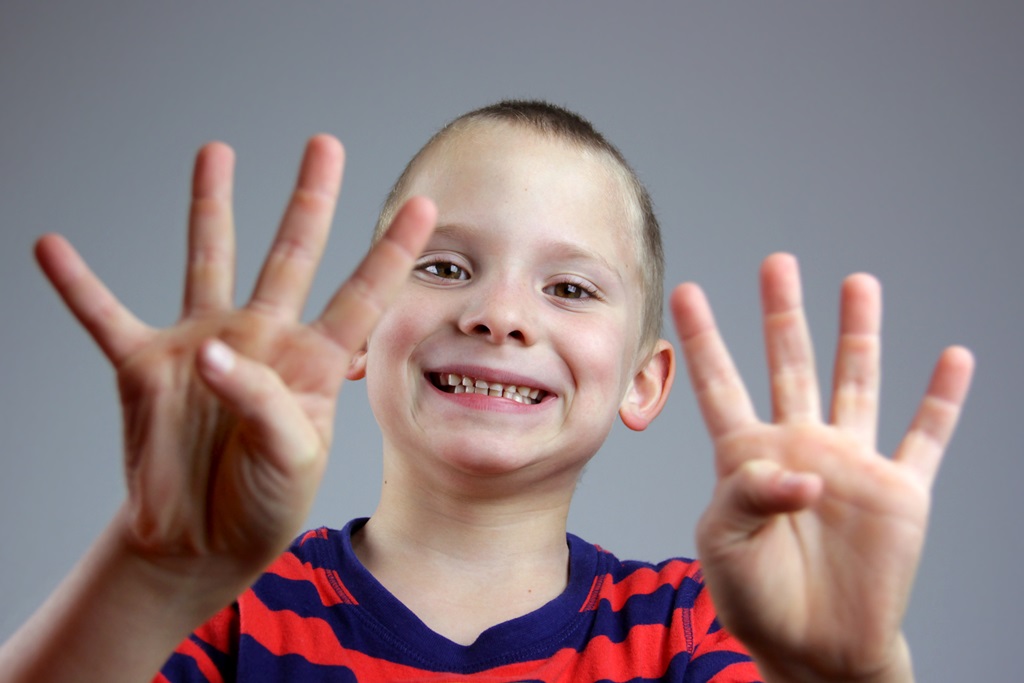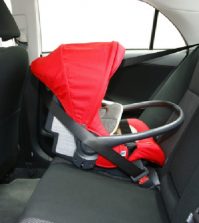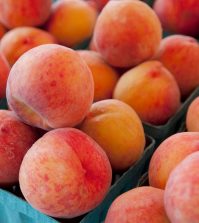- Study Says Most Parents Don’t Use Car Seats In Ride Share Vehicles Like Uber
- This 12-Year-Old Boy Is A Sophomore Aerospace Engineering Major!
- Fire Safety Experts Warn Of Hand Sanitizer Danger After A Mom and Kids Escape House Fire
- Recall Alert: Peaches May Be The Cause Of Salmonella Outbreak, 68 People Ill
- Summer Vacation In The Days Of COVID: Tips To Stay Safe
- How To Safely Grocery Shop During The Coronavirus Pandemic
- Michigan Teen With Vape-Related Illness Undergoes Double Lung Transplant
- Teen Kicks Off Anti-Vaping Campaign From Hospital Bed
- Teenager Receives Life Sentence For Strangling Sister To Death Over A Wi-Fi Password
- Toddler Falls To Death From 11th Deck of Cruise Ship
Why Kids Should Be Counting Using Their Fingers


There is no escaping the fact that most children will use their fingers when learning to count, but as children get older and their mathematic classes become more complicated, the use of fingers when counting is generally frowned upon as it is deemed a less intelligent way to count. Certain schools across the U.S regularly ban finger use in classrooms or tell students that they are “babyish”.
Recent studies however, contradict this belief. In fact, it suggests that there are neurological benefits of using fingers to count and it can actually contribute to advanced thinking in higher math.
The researchers of this study, Ilaria Berteletti and James R. Booth, analyzed a specific area of our brain which is dedicated to the perception and representation of fingers -the somatosensory finger area. Brain researchers identified that we “see” a representation of our fingers in our brains, even when we do not use our fingers in a calculation. It was evident when children between the ages of eight and thirteen were given complex subtraction problems. Even though the students did not use their fingers, the somatosensory finger area lit up.
According to this research, not allowing students to use their fingers when they count could in fact be hampering their mathematical development. The somatosensory finger area of our brain is in fact used well into adulthood.
The research suggests that instead of discouraging, teachers, who have previously been led to believe that finger use is useless, should actually encourage and praise finger use among the younger learners and support learners of all ages to strengthen this brain capacity through the use of finger counting.
This new research findings and recommendations are in contradiction of earlier mathematical developmental research which suggests that finger counting is only an introductory skill, in order for children to have a visual understanding of number facts, not the final method to be used for calculations. It also suggests that children generally move from the less-efficient strategies using their fingers, to the more efficient strategies without finger use.
It seems like there will always be differing views on this subject however if this new research is ignored, there is a possibility that teachers, parents and students who frown on children for using their fingers may be cutting short a greater opportunity – the strengthening of brain networks.








0 comments